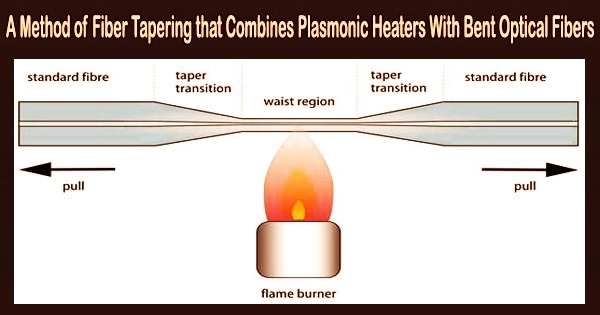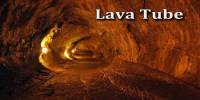Numerous industries, including nonlinearity generation, quantum optics, near-field optics, and miniature sensing, use optical micro and nanofibers (MNFs). Even though MNFs have aided in the growth of numerous disciplines, there haven’t been many research on the subject up until the practical manufacture of low-loss MNFs became a reality.
MNFs offer several advantages over conventional optical fibers, such as smaller size, tighter light confinement, and increased light-matter interaction. These properties make them useful for a variety of applications, including optical sensing, nonlinear optics, and quantum optics.
The fiber material would first be softened by local heating and then thinned and stretched by the application of a pulling force in the usual and most conventional techniques of drawing out silica nanowires. The decreased diameter of fabricated MNFs can approach the subwavelength dimension.
With powerful evanescent waves tunneling through the silica substance into the surrounding medium, it would thus sustain modal fields. MNFs are one of the greatest choices for studying light-matter interactions because of their simple production, minimal loss, light mass, and obvious evanescent waves.
The fabrication equipment have undergone extensive improvements in order to create MNFs of the appropriate grade. The most typical taper-drawing machine has two translation stages and a flame. They stretch the fiber’s fixed ends in opposing directions to apply the pulling force.
According to the hot-zone theory, the specific shape of MNFs is determined by the length variation of the heated region relative to the net elongation of the fiber.
The “flame brush” technique can be used to manage the hot zone in MNFs with specific taper geometries. Air turbulence and the moving burner’s inertia make employing flames to heat the fiber ineffective. Electrical heaters were developed to provide a consistent and adjustable temperature range.
As an alternative, CO2 lasers can function as heat sources without turbulence that produce heat by absorbing material. High input light power and complicated optical alignment are necessary for their operation. As long as a pulling force can be applied along the fiber, different translation phases can be substituted.
Even though the techniques in theory offer a wide range of possible fabrication configurations, each tailored for certain operational circumstances, they are only thoroughly examined within the most explicit “heat and pull” scheme.
In a new paper published in Light: Advanced Manufacturing, the first author Qiannan Jia and co-workers have developed a unique fiber-tapering technique that combines plasmonic heaters and deformed optical fibers.
The researchers showed a special method for fabricating MNFs without utilizing any of the aforementioned large fabrication components. Metal plate fragments were used to create small, portable warmers that effectively absorbed fiber-delivered light thanks to plasmonic phenomena.
The light power required in this step was only a few microwatts. Without the use of translation steps, the pulling force was generated by the tensile stress of the macroscopically bent fibers.
The proposed plate-fiber system was self-sufficient in pull and heat, the researchers stressed. There was no need for the translation stage, flame burner, or free-space optical components, which are often hefty accessories.
The plate-fiber system could be placed inside a scanning electron microscopy (SEM) chamber due to its compact size. For the first time, the dynamic tapering process was seen with nanometer-level accuracy.
















